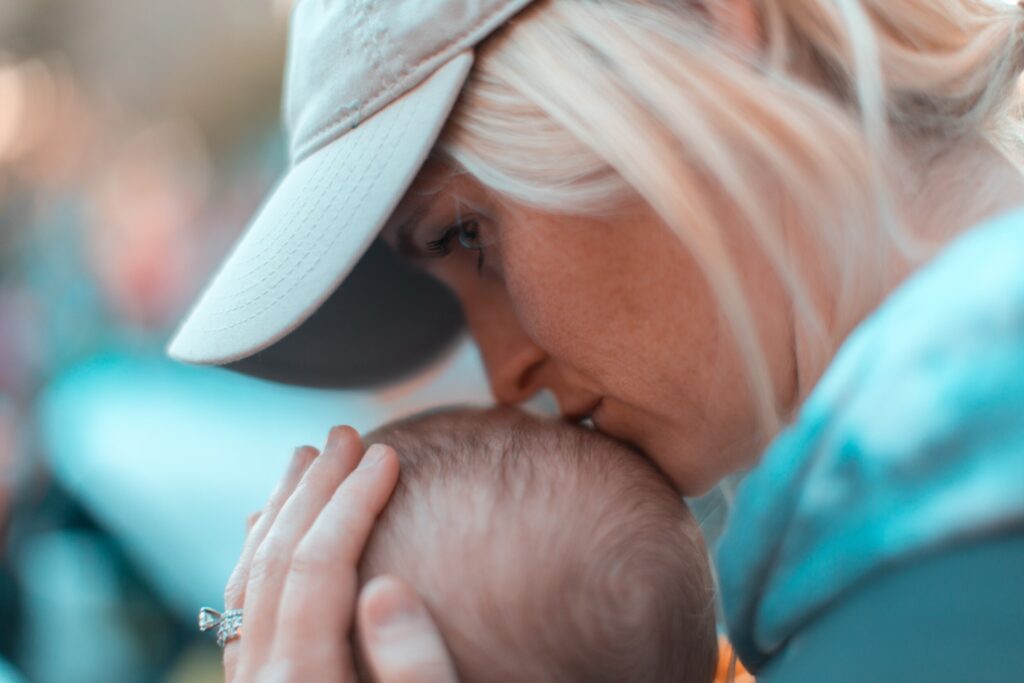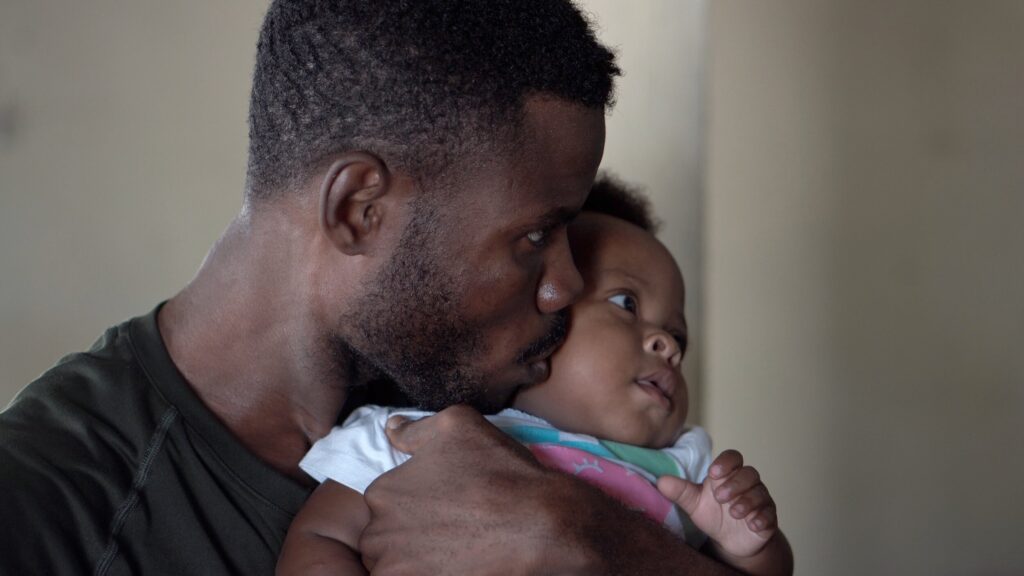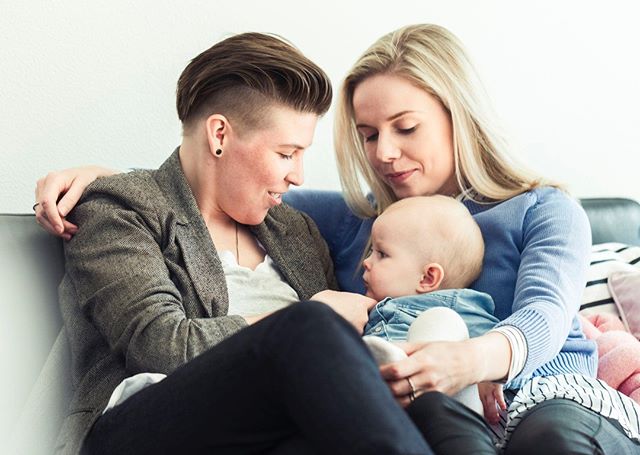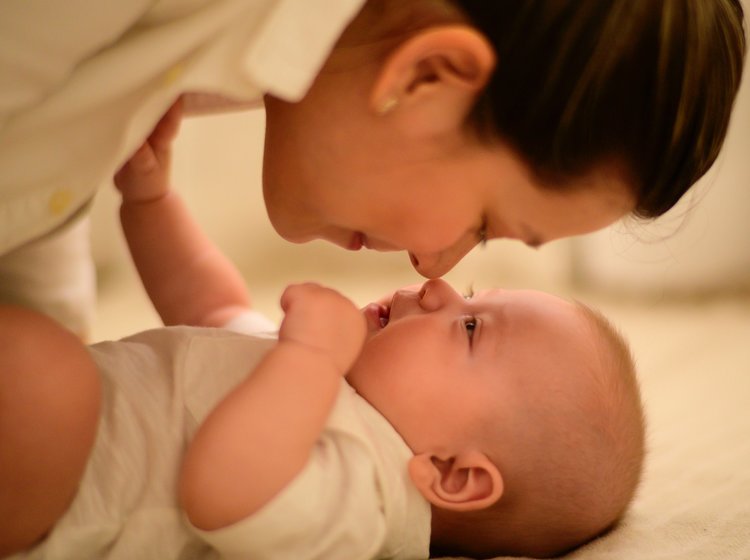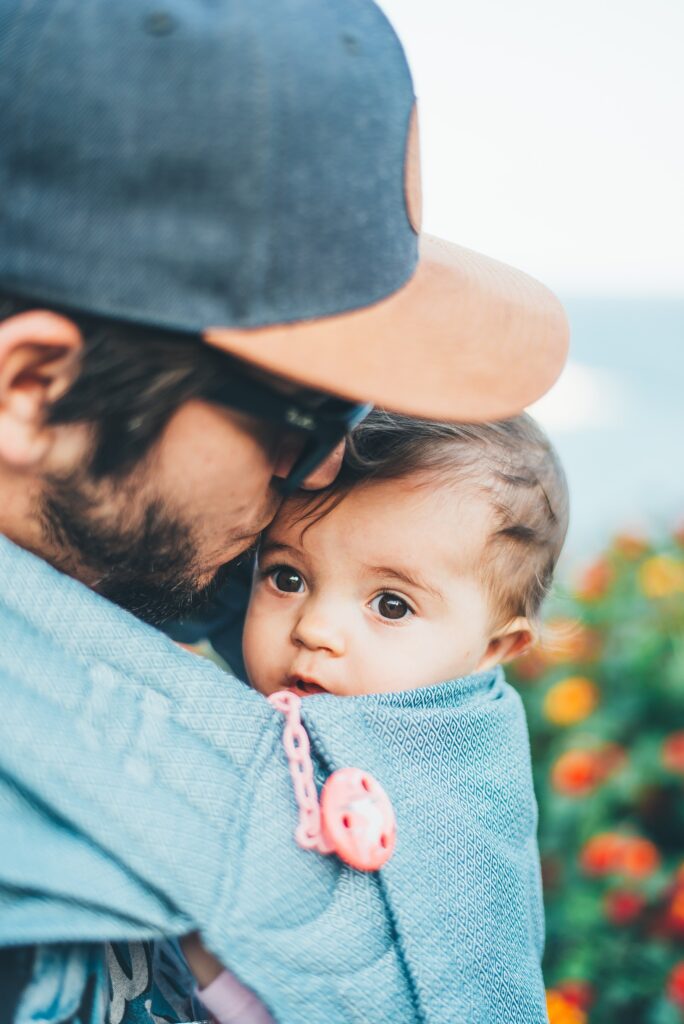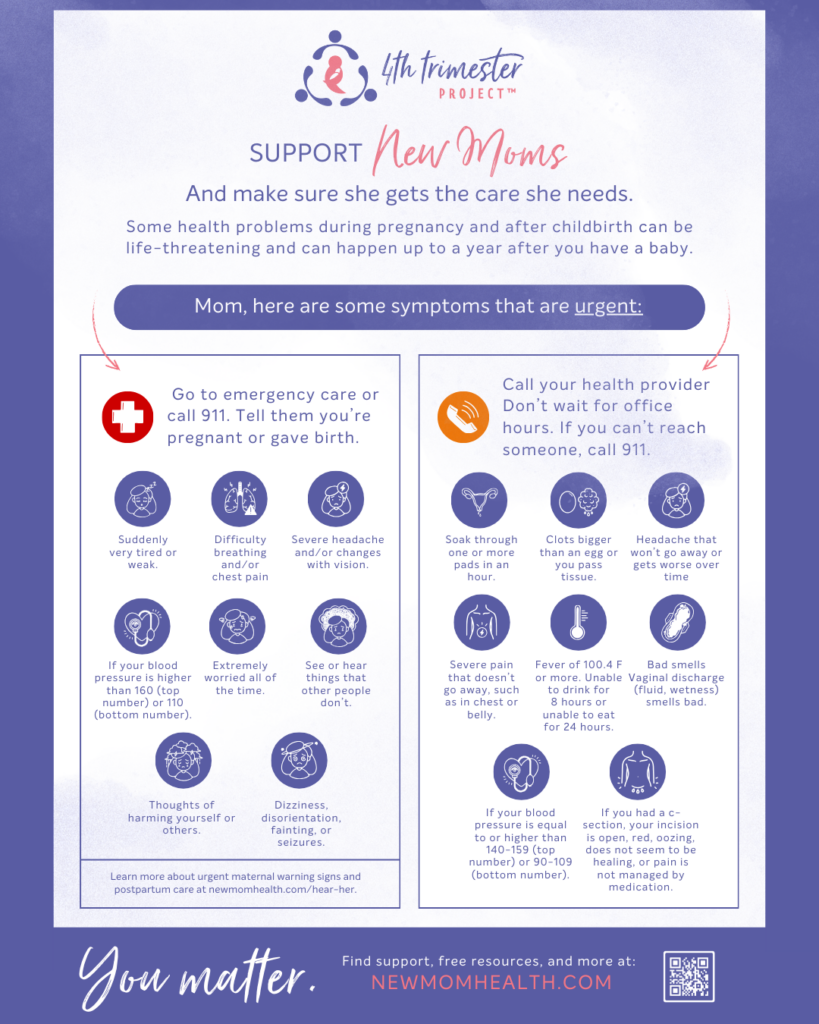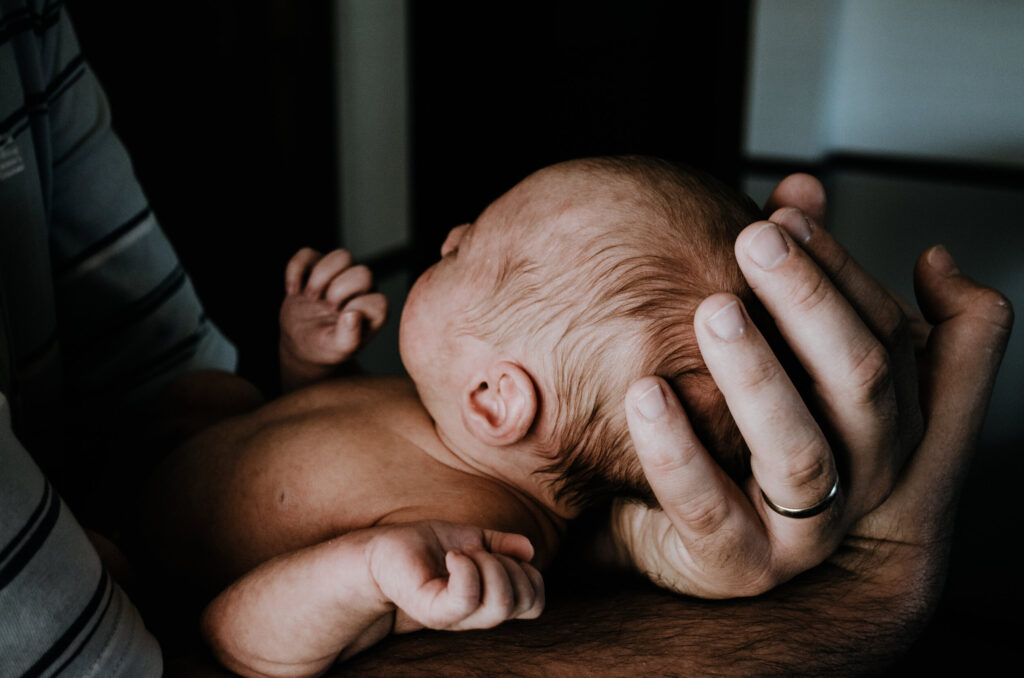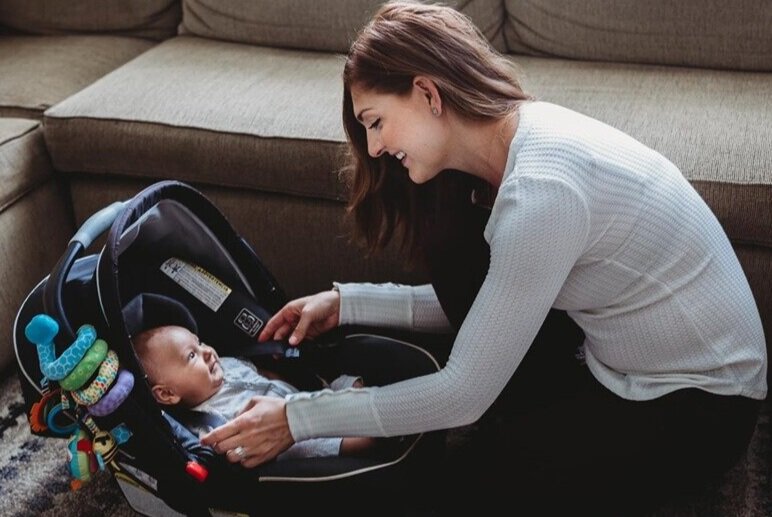
Getting out and about with a newborn safely is an important step that can also present some challenges.
Car seats can be tricky to install – they fit in cars in different ways and can be complicated. Most community fire departments offer car seat checks to ensure car seats are installed properly. There are also good online videos to guide you through car seats for your baby and other children. Getting help well ahead of baby’s arrival is a good plan. Didn’t get to it? No worries but definitely follow directions and ask for advice when need to get it right. Find a place to get your car seat checked- https://cert.safekids.org/get-car-seat-checked.
Some General Car Seat Safety Information
- Children should ride rear-facing for as long as possible until they reach the height or weight maximum of their seat.
- When rear facing, the straps coming from the car seat should be level with the shoulders or come from below the shoulders.
- The chest clip should be secured between the nipple line, and not low on the abdomen.
- If using a second-hand car seat make sure it is from someone you trust that can ensure the seat has not been in an accident. Also check the label for an expiration date and look online to see if any recalls were made on the seat.
Some women find it uncomfortable to wear a seat belt after a c-section and are often told not to drive a car for several weeks. This can be easier said than done for a busy mom. It is suggested that mothers be able to turn in all directions so as to look for other cars before taking the wheel. If you are taking prescription pain medication it isn’t safe to drive a car.
Sleep or lack of is definitely a theme for the 4th Trimester. Driving while tired has been compared to driving while drinking. Ask someone else to drive your car if you know you are really tired. We try to do it all but this is a time when asking for help could be lifesaving.
Having a crying baby in the backseat can also be distracting. When driving alone with baby consider adding a mirror on the backseat so you can look back and see your baby’s face quickly and easily. If baby is crying and needs to be fed or held, it is always best to pull over somewhere safely to tend to him/her.
There is very limited information about traveling with infants. The Car Seat Lady (thecarseatlady.com) has some good information on taking a baby on public transportations like buses and in subways and trains. Transit vehicles don’t have seat belts or anchors to secure a car seat, so wearing a baby in a carrier is probably the best bet. Some transit vehicles have room for a stroller, but some agencies might require the stroller to be collapsed and stored. People worried about taking a baby on public transit should remember they are less likely get into a crash on a transit vehicle than a passenger vehicle.
Policies around transportation by vans such as those supported by Medicaid and/or the Department of Social Services can be unclear. It is important to ask as some of them do not allow women to travel with their young children – even in car seats – to attend appointments.
